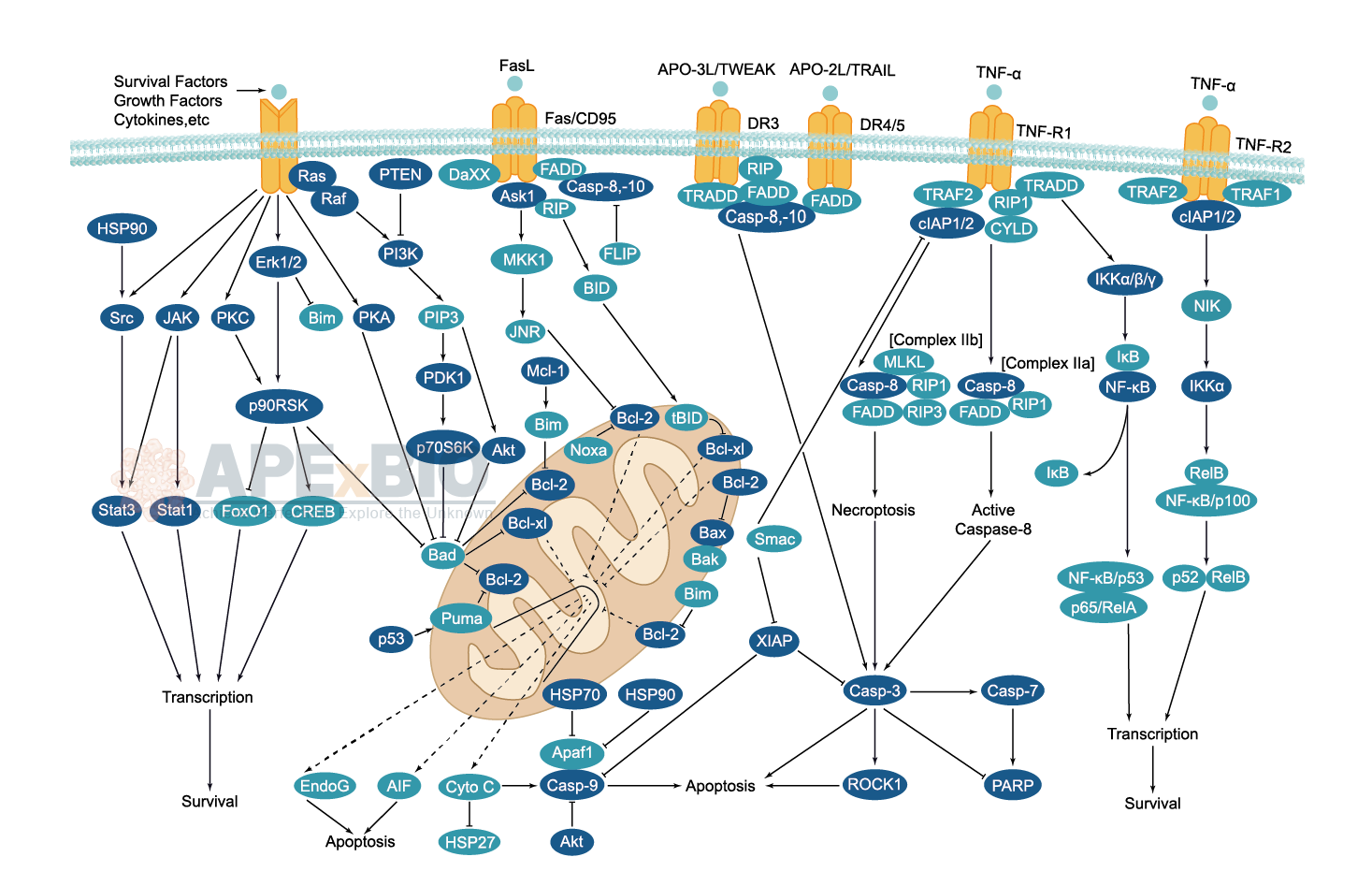Apoptosis
Apoptosis, also known as programmed cell death, is rigorously controlled process of cell death that leads to phagocytosis of unwanted cell. It is triggered after sufficient cellular damage and activated through extrinsic or intrinsic pathways. The intrinsic pathway is mainly occurs via release of cytochrome c from the mitochondria and regulates mitochondrial outer membrane permeabilization by Bcl-2 family proteins. The extrinsic pathway is induced by ligand binding to death receptor, such as Fas, TNFαR, DR3, DR4, and DR5. Caspases then cleave target proteins and nuclear lamins to promote DNA degradation, resulting apoptotic cells undergo phagocytosis. In addition, p53 has the ability to activate intrinsic and extrinsic pathways of apoptosis by inducing transcription of several proteins like Puma, Bid, Bax, TRAIL-R2, and CD95.
Some Inhibitors of apoptosis proteins (IAPs), such as XIAP/BIRC4 and Bruce/BIRC6, can block casapse activity through direct binding, while other IAPs, such as cIAP1/BIRC2, cIAP2/BIRC3, act as ubiquitin ligases that target caspases for ubiquitin-mediated degradation. Apoptosis is essential for growth, development and aging in multicellular organisms. Any alterations or abnormalities occurring in apoptotic processes contribute to development of human diseases, including cancer.
-
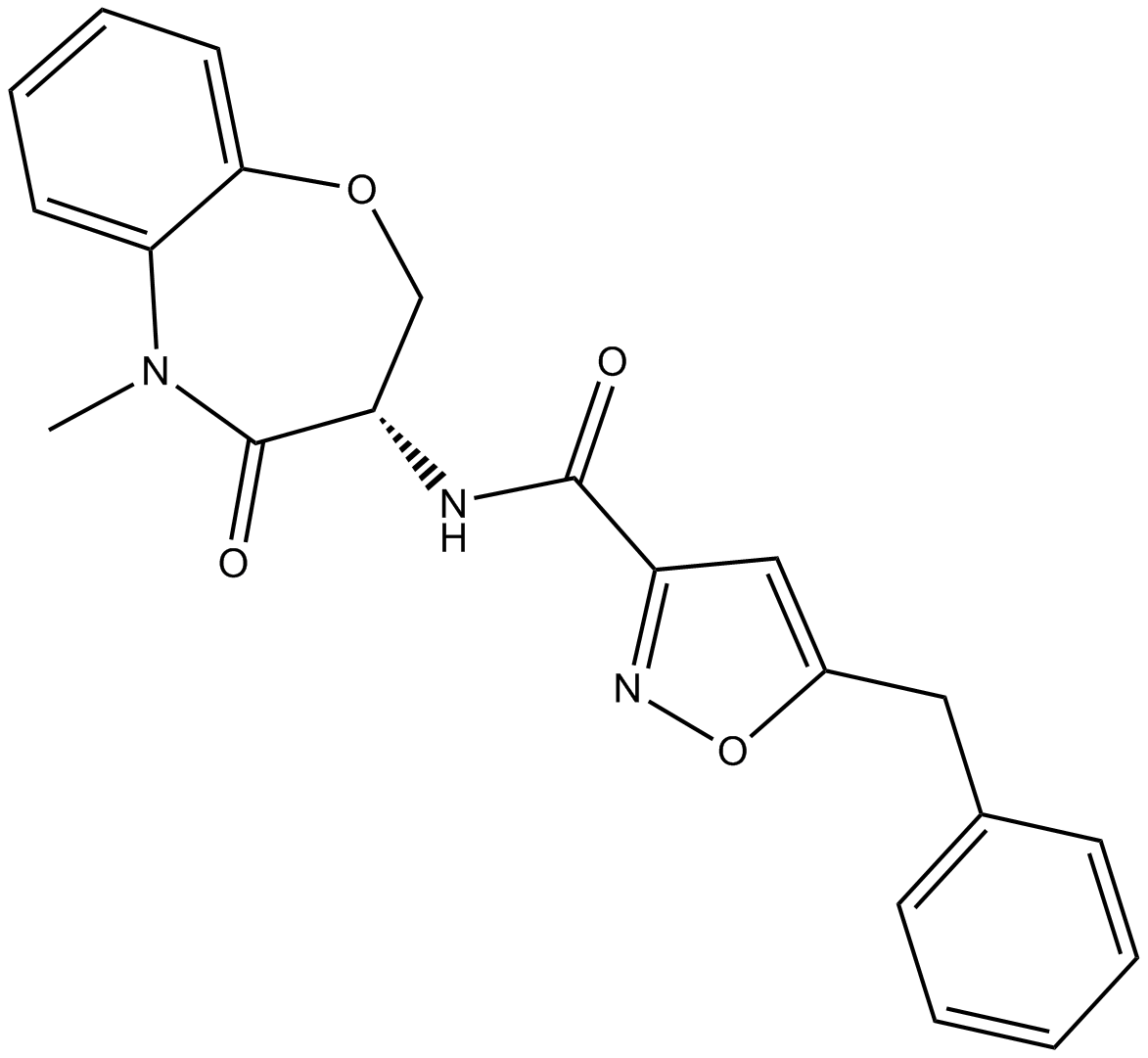 B6194 GSK481Summary: RIP1(Receptor Interacting Protein Kinase 1) inhibitor
B6194 GSK481Summary: RIP1(Receptor Interacting Protein Kinase 1) inhibitor -
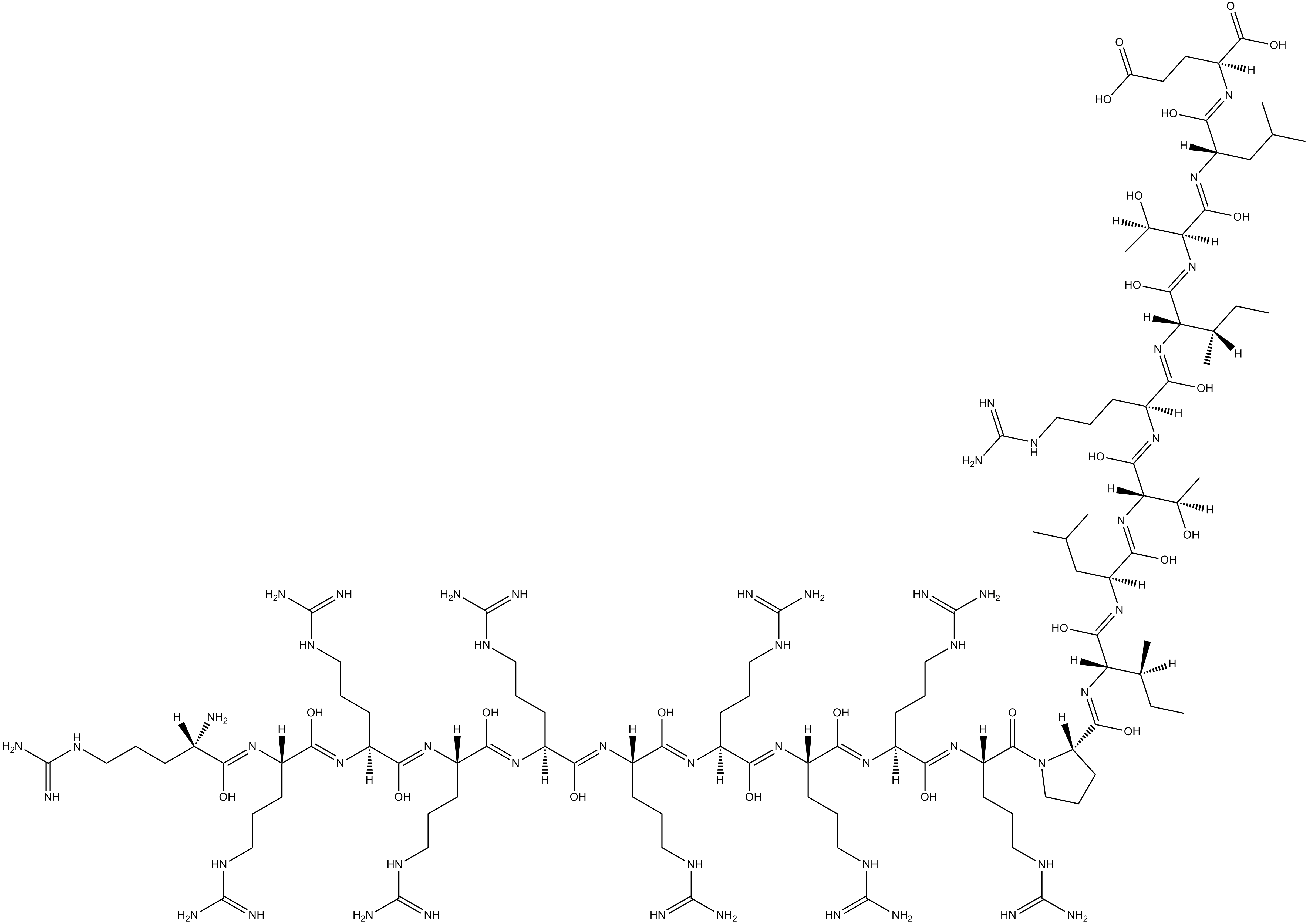 B6198 ReACp53Summary: inhibit p53 amyloid formation
B6198 ReACp53Summary: inhibit p53 amyloid formation -
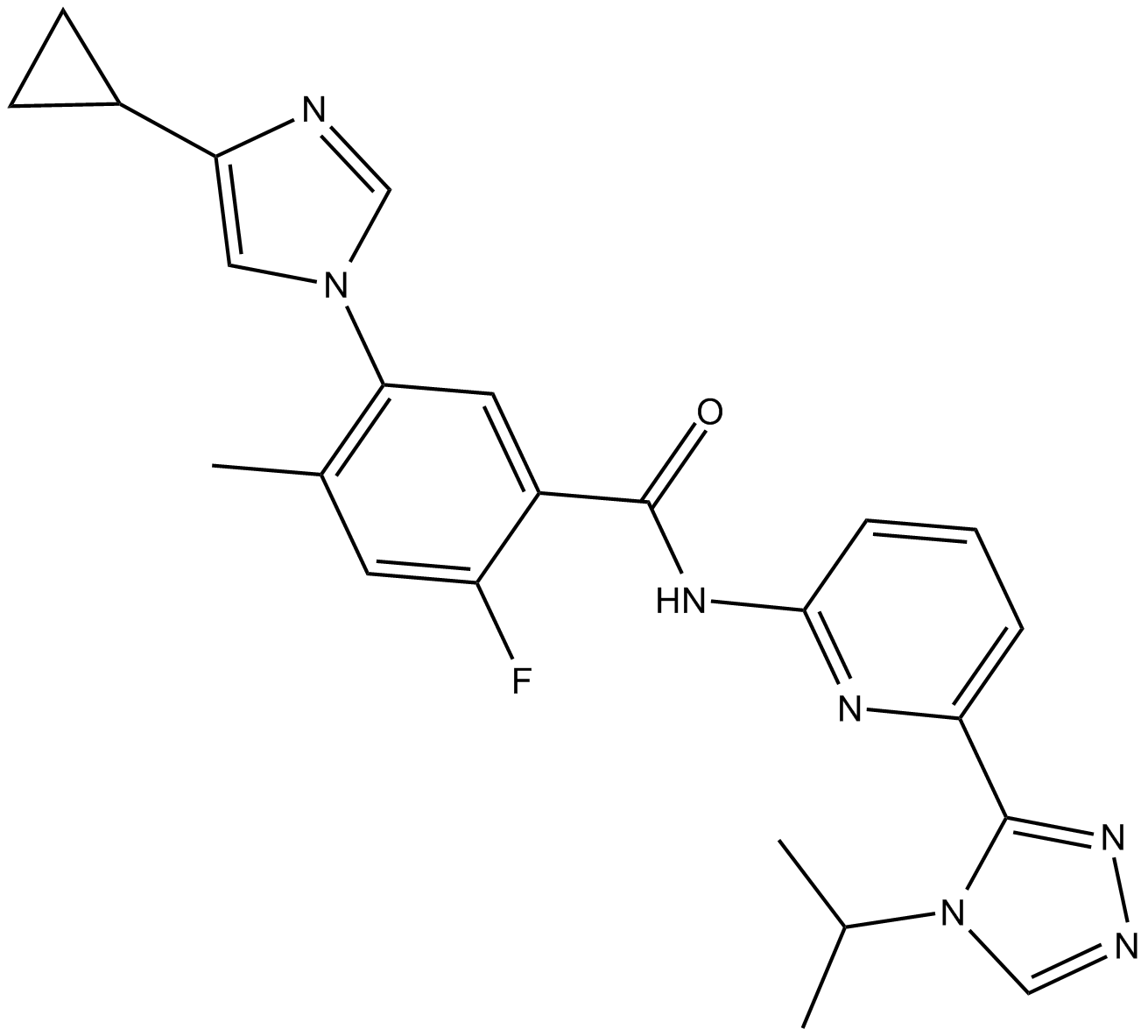 B7812 Selonsertib (GS-4997)Summary: apoptosis signal-regulating kinase 1 (ASK1) inhibitor
B7812 Selonsertib (GS-4997)Summary: apoptosis signal-regulating kinase 1 (ASK1) inhibitor -
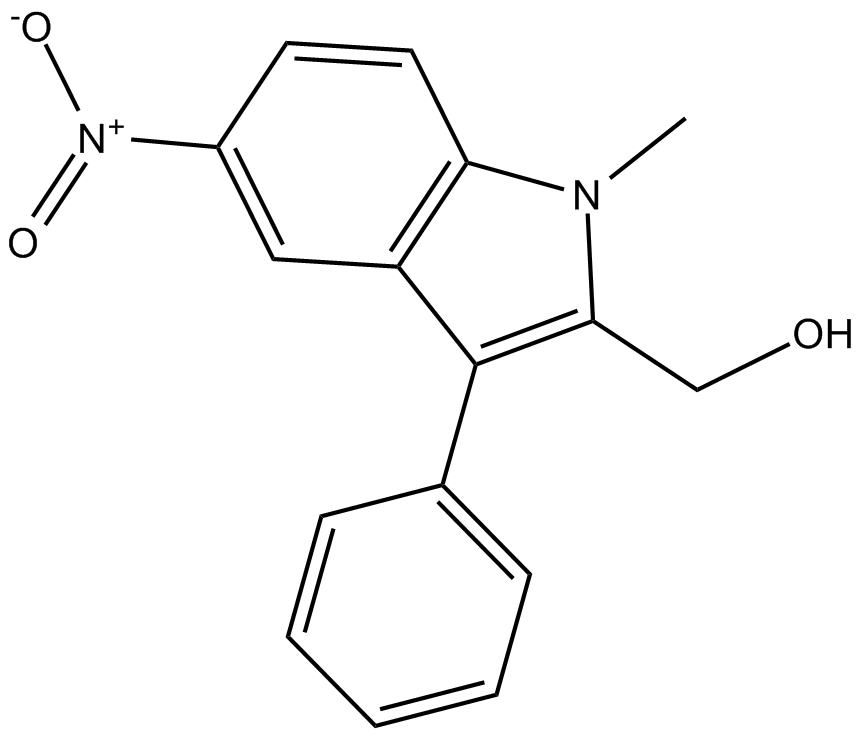 C3058 ML-354Summary: PAR4 antagonist
C3058 ML-354Summary: PAR4 antagonist -
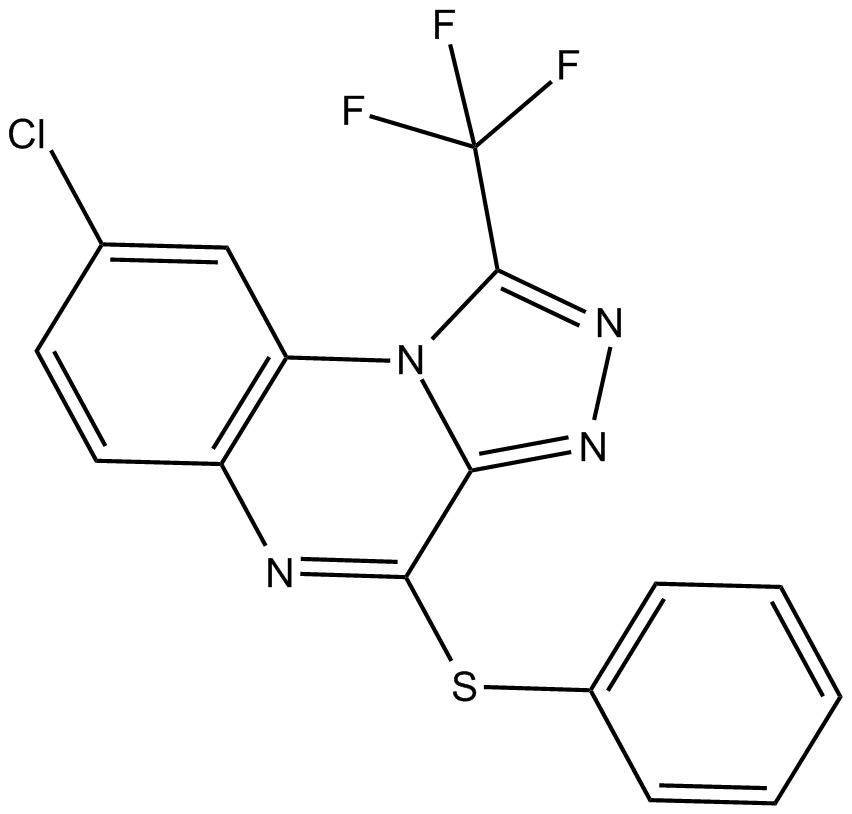 C3129 R-7050Summary: TNF-α receptor signaling antagonist,cell-permeable
C3129 R-7050Summary: TNF-α receptor signaling antagonist,cell-permeable -
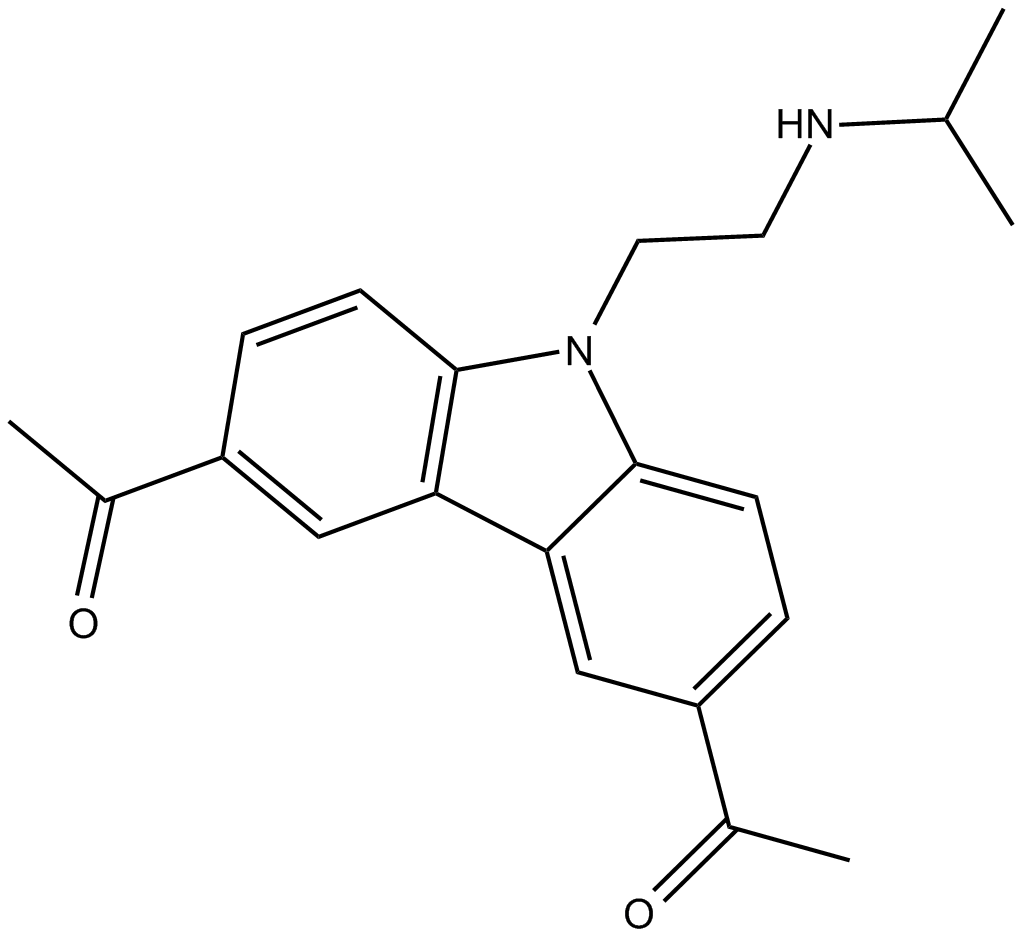 C3171 CBL0137Summary: curaxin that activates p53 and inhibits NF-κB
C3171 CBL0137Summary: curaxin that activates p53 and inhibits NF-κB -
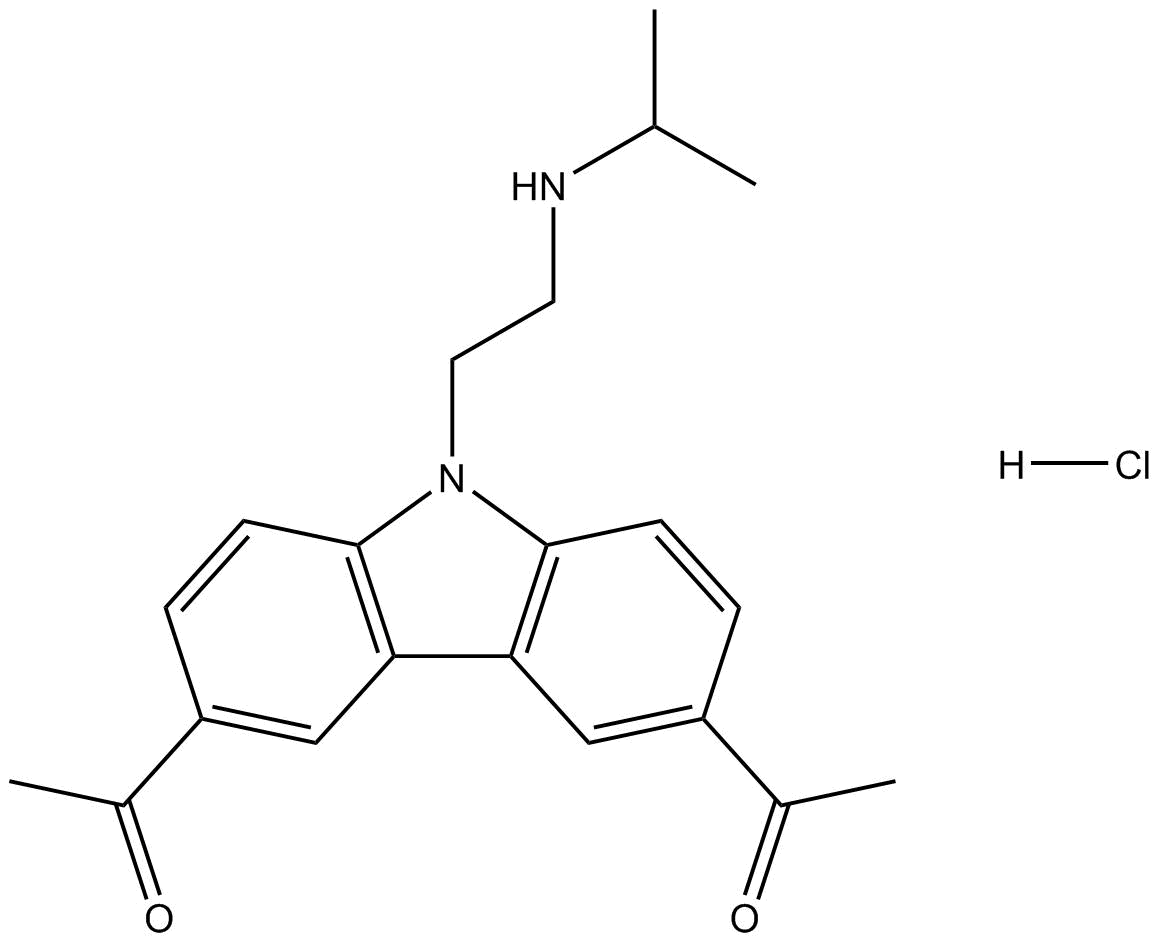 C3192 CBL0137 (hydrochloride)Summary: curaxin that activates p53 and inhibits NF-κB
C3192 CBL0137 (hydrochloride)Summary: curaxin that activates p53 and inhibits NF-κB -
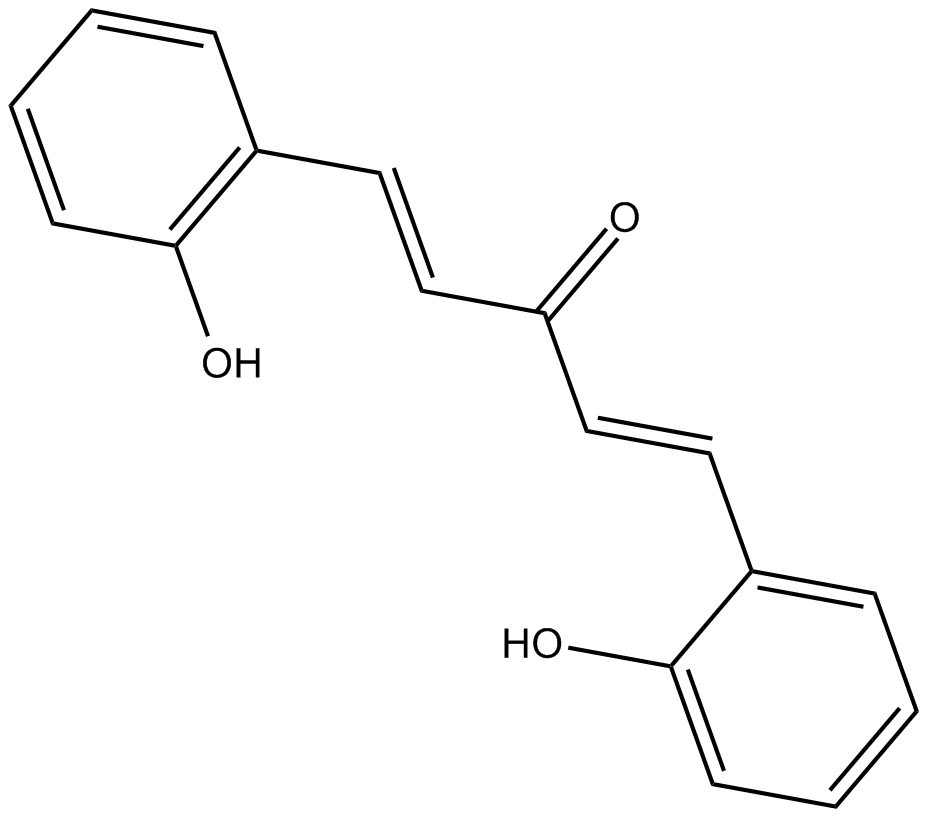 C3234 2-HBASummary: indirect inducer of enzymes that catalyze detoxification reactions through the Keap1-Nrf2-ARE pathway.
C3234 2-HBASummary: indirect inducer of enzymes that catalyze detoxification reactions through the Keap1-Nrf2-ARE pathway. -
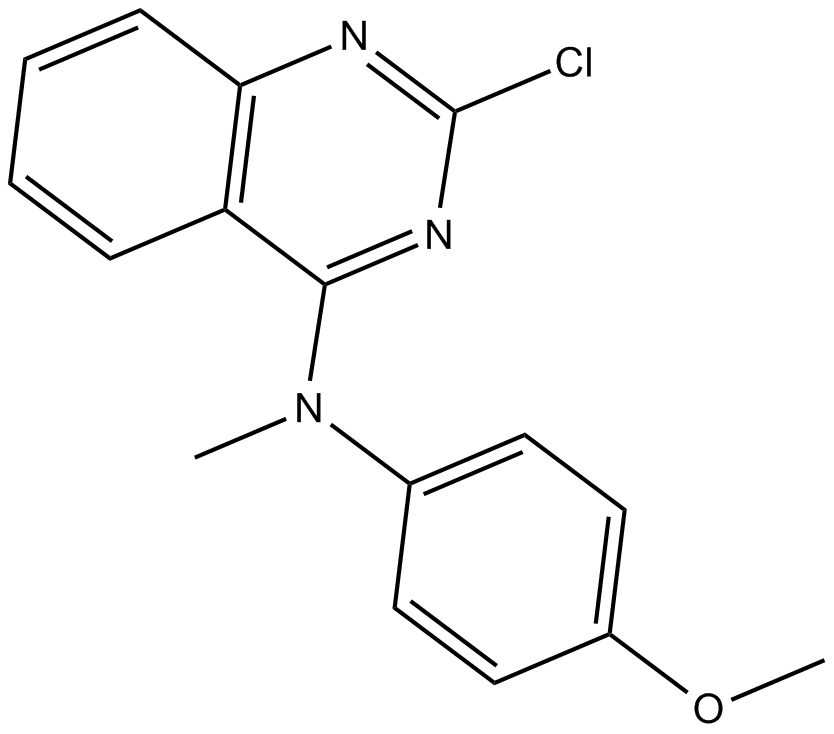 C3296 MPI-0441138Summary: inducer of apoptosis and growth inhibition
C3296 MPI-0441138Summary: inducer of apoptosis and growth inhibition -
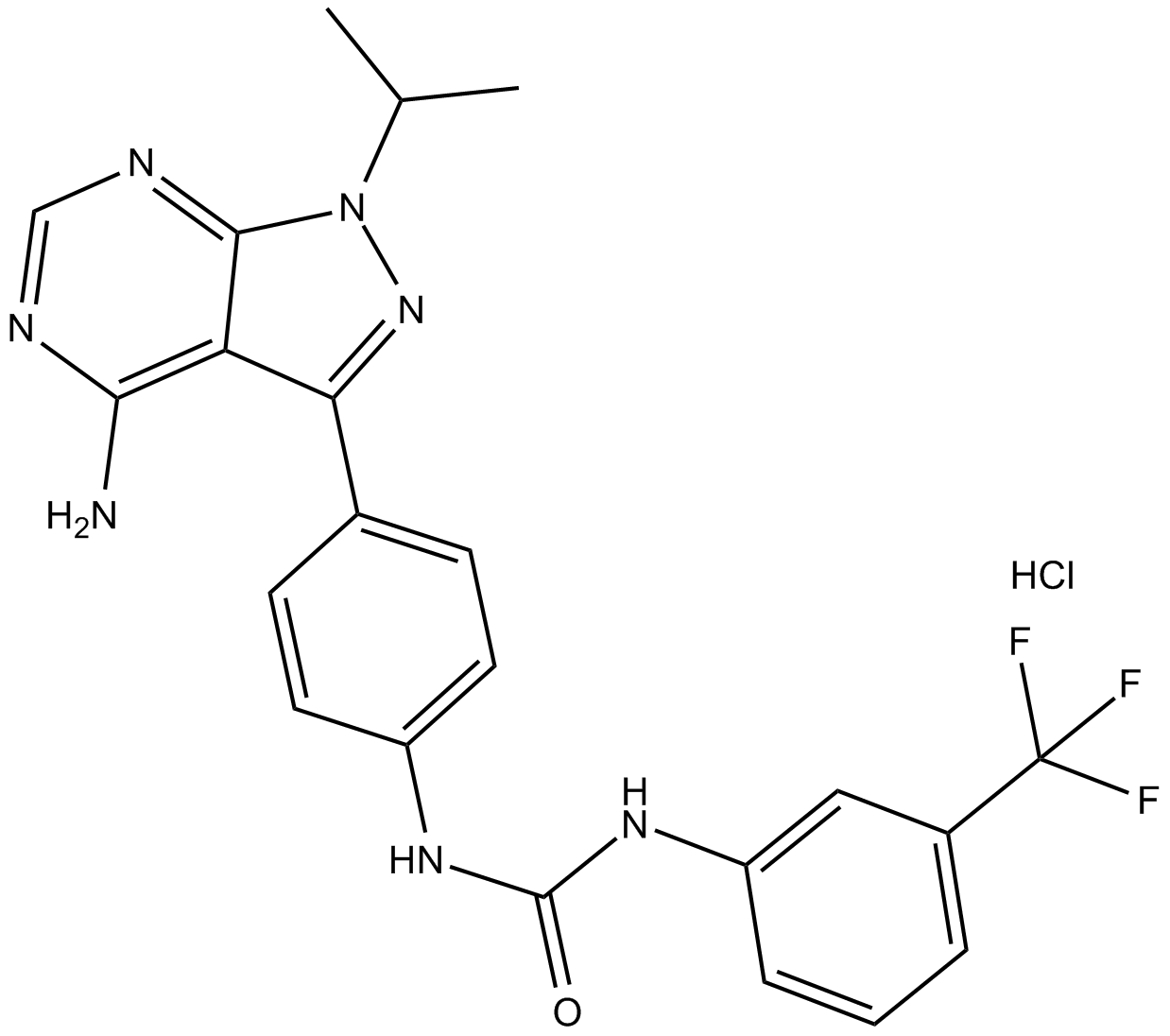 C3080 AD57 (hydrochloride)Summary: polypharmacological cancer therapeutic that inhibits RET.
C3080 AD57 (hydrochloride)Summary: polypharmacological cancer therapeutic that inhibits RET.


